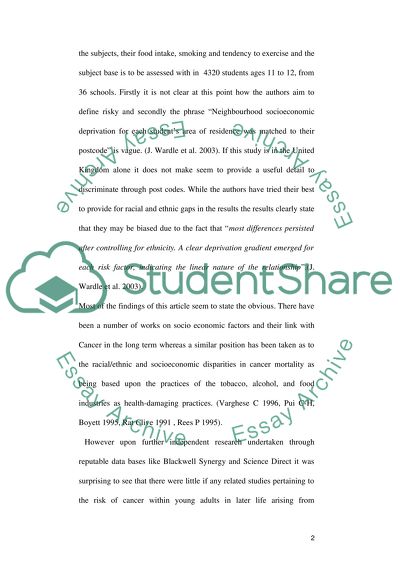Cite this document
(“Cancer-risk Behaviours in Adolescence Essay Example | Topics and Well Written Essays - 1000 words”, n.d.)
Cancer-risk Behaviours in Adolescence Essay Example | Topics and Well Written Essays - 1000 words. Retrieved from https://studentshare.org/health-sciences-medicine/1526934-cancer-risk-behaviours-in-adolescence
Cancer-risk Behaviours in Adolescence Essay Example | Topics and Well Written Essays - 1000 words. Retrieved from https://studentshare.org/health-sciences-medicine/1526934-cancer-risk-behaviours-in-adolescence
(Cancer-Risk Behaviours in Adolescence Essay Example | Topics and Well Written Essays - 1000 Words)
Cancer-Risk Behaviours in Adolescence Essay Example | Topics and Well Written Essays - 1000 Words. https://studentshare.org/health-sciences-medicine/1526934-cancer-risk-behaviours-in-adolescence.
Cancer-Risk Behaviours in Adolescence Essay Example | Topics and Well Written Essays - 1000 Words. https://studentshare.org/health-sciences-medicine/1526934-cancer-risk-behaviours-in-adolescence.
“Cancer-Risk Behaviours in Adolescence Essay Example | Topics and Well Written Essays - 1000 Words”, n.d. https://studentshare.org/health-sciences-medicine/1526934-cancer-risk-behaviours-in-adolescence.


